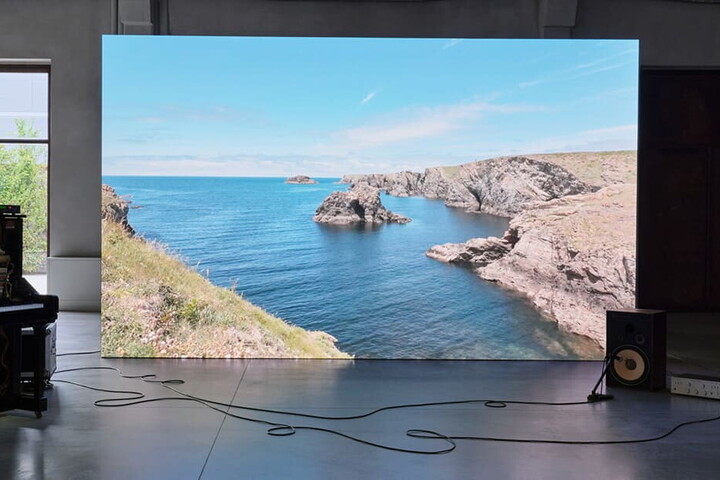The exposition hopes to be the leading event in Milan's cultural calendar. The "XXI International Exhibition of the Triennale di Milano" will open on 2nd April and stage a long calendar of events, shows and training sessions through to 12th September 2016. We're talking 20 exhibitions, 11 of which are curated by the scientific committee of what is by now more commonly known as the XX1T. Nine exhibitions will be held in collaboration with other cultural bodies, and then there'll be installations, concerts, debates, workshops, and conventions. One of the most innovative features of this grand Triennale, making its return to the scene after a 20-year absence, is how it has engaged with a number of institutions that excite emotions and inspire knowledge in art, architecture and design across the city of Milan. Its path will take it to iconic locations that have made the Lombard capital the avant-garde city that it is. XX1T will have 19 venues and bring a new lease of life back to the former Expo site. From the Institute of Technology, Diocesan Museum, Pirelli towers and Society for Fine Arts and Permanent Exhibition ("La Permanente") to the Leonardo Da Vinci Science and Technology Museum, new Museum of Culture, the University of Language and Education (IULM), Museum of Contemporary Photography, LA Fabbrica del Vapore and Pirelli HangarBicocca. Milan is a city worth exploring, offering spaces that have either grown in prestige or reinvented themselves, in both cases their programmes always adding to Milan's new international image as the capital of Italian creativity.

XX1T is entitled “Design After Design”. The message does not evoke futuristic visions; instead, it aims to reflect on the codes underpinning change in design. What pathways is the search for new forms taking in the new millennium? More importantly, the Triennale is asking itself about the alternatives to the paths travelled and spaces occupied by the more structured vision of 19th century design which flooded the century so fully with things which were presented as new over and over or which became the unavoidable starting point for every action. In this sense, "Design and Design" will present a number of exclusive themes, some of which have actually abandoned in the more classic view of modernity: death, the sacred, Eros, fate, traditions, and history. Triennale tackles the issue of gender in design, how globalization has affected design, how cities address their relationship with design and, most importantly, the emerging theme of craft design.
As part of this journey, which is extremely complex and intricate but also rich in suggestion, one of the most significant exhibitions is "Architecture as Art", curated by Nina Bassoli in the Pirelli HangarBicocca. It is interesting because it focuses discussion on one of the most talked-of issues of the past 20 years, namely the artistic nature of architecture and the design elements through which it can connect with the emotional aspects of the work. These issues would never have made it into the public domain in the past, given the inherent artistic power of classic architecture and its intentionally monumental nature, whereas now they can be raised as doubts and reflected upon. Without considering that, in so doing, a conversation is started on the difference between artistic and purely architectural construction. In the Pirelli HangarBicocca venue, architects must now reflect on the traditional size of museums and bring their creative action back within a realistic, and to some extent "functional" dimension. No more drawings, no more scale models with the result that, in the absence of surrogate architecture, the idea of offering the public an accessible and life-size architectural work able to amaze without venturing into gigantism will triumph, capturing interest for the originality of thought and the message.
The exhibition in the Pirelli HangarBicocca is not the only one to see Pirelli involved in the XXI Trienniale, of which the company is also an official partner. Indeed, the Fondazione Pirelli, founded to champion the group's historical and documentary heritage, will curate the exhibition to be held in May on the occasion of the Triennale. The event will be staged in Pirelli's general group headquarters and will take in the modern HQ1 building built around the historical cooling tower, the 15th century Bicocca degli Arcimboldi villa and the Fondazione Pirelli itself. It will illustrate, amongst other things, the past and present history of the Bicocca Project, the regeneration of Pirelli's industrial land by Gregotti and Associates.




